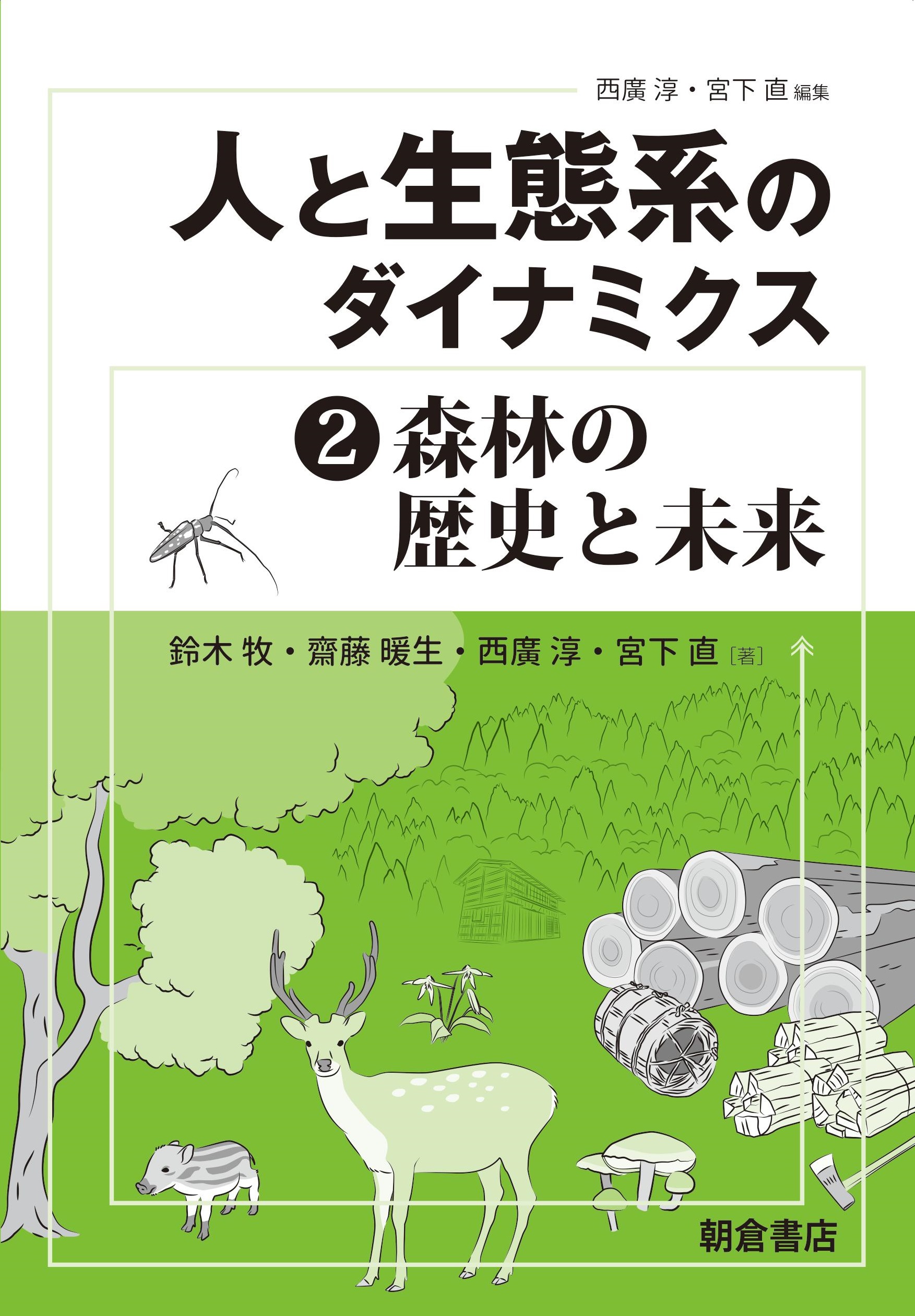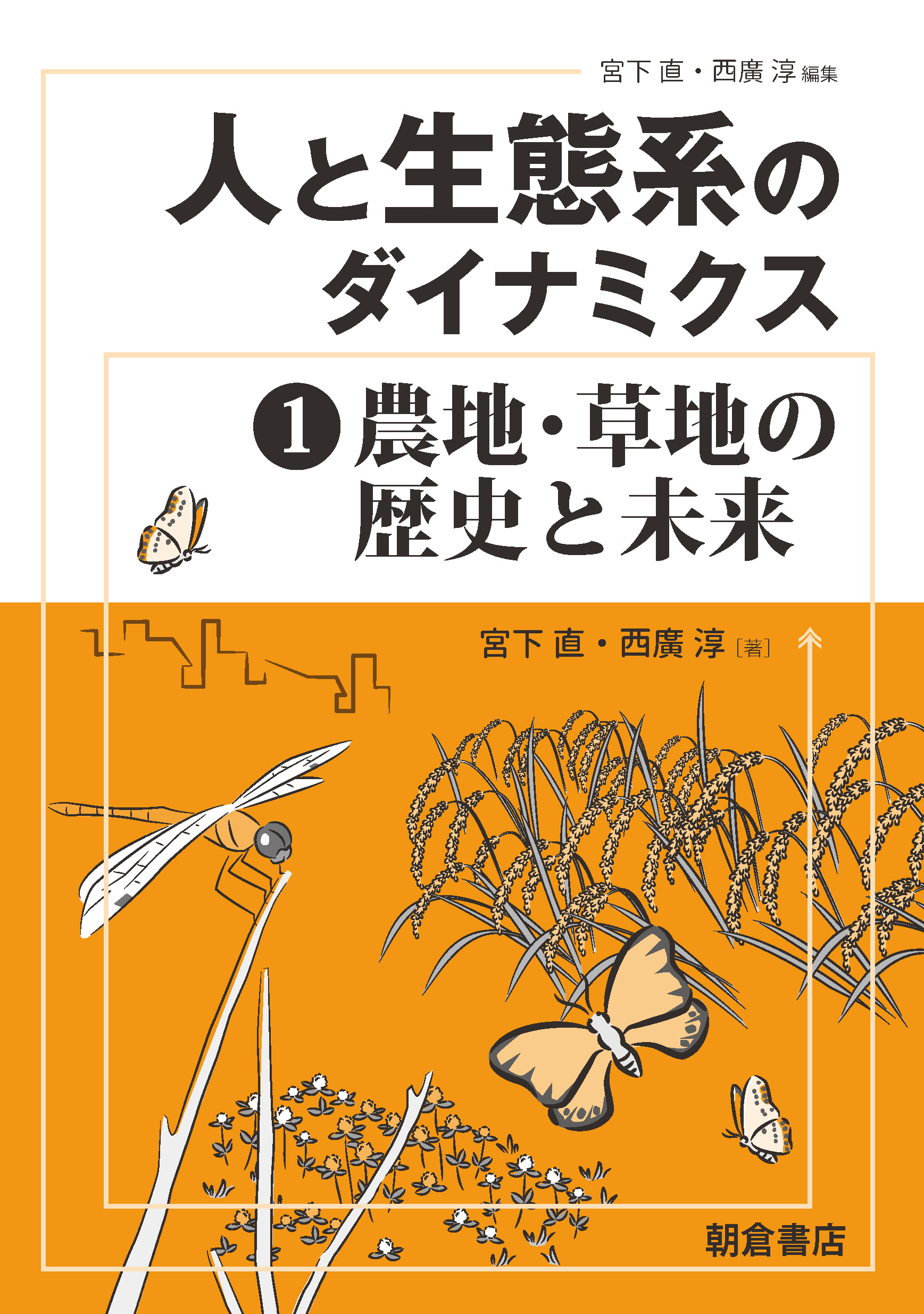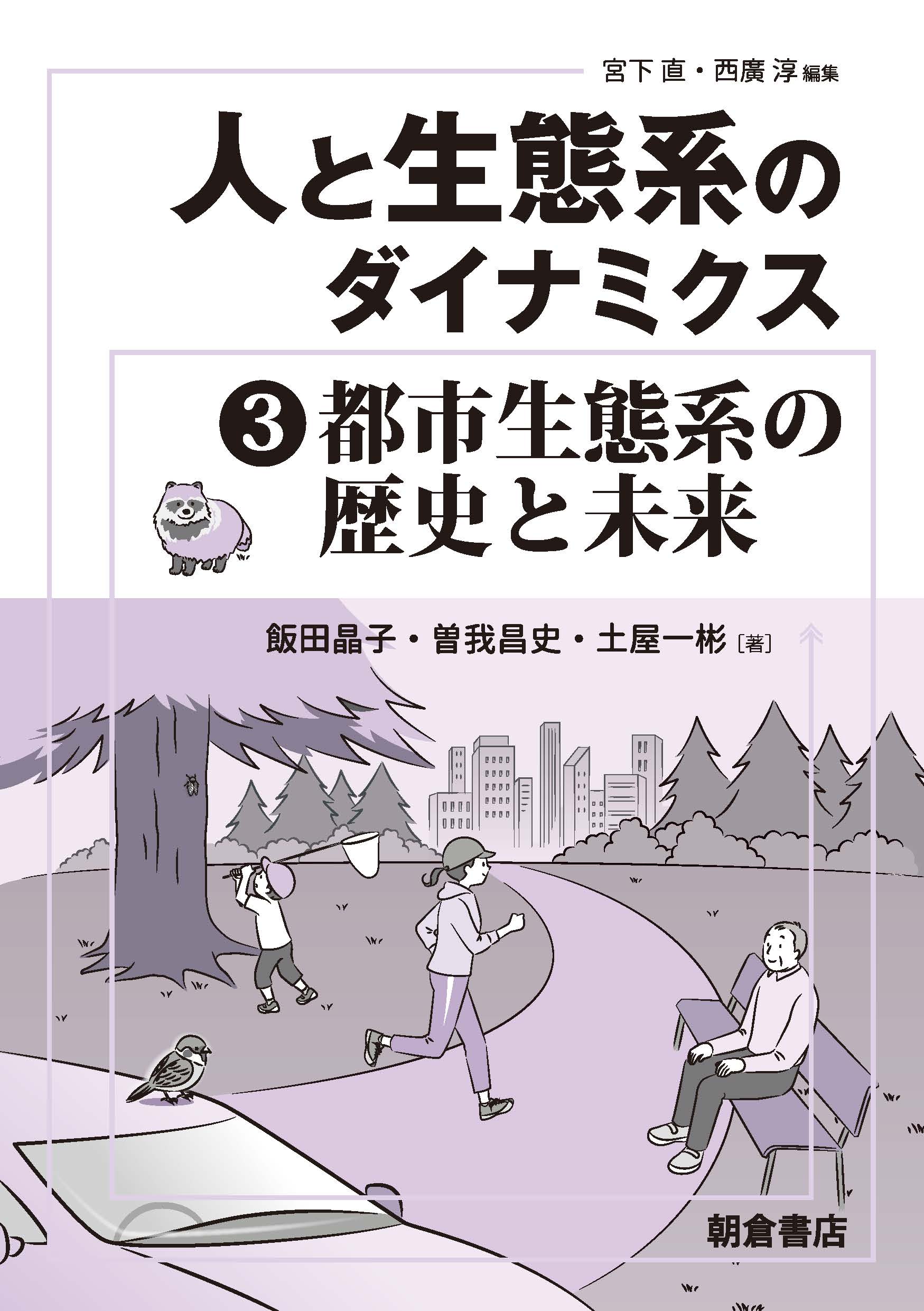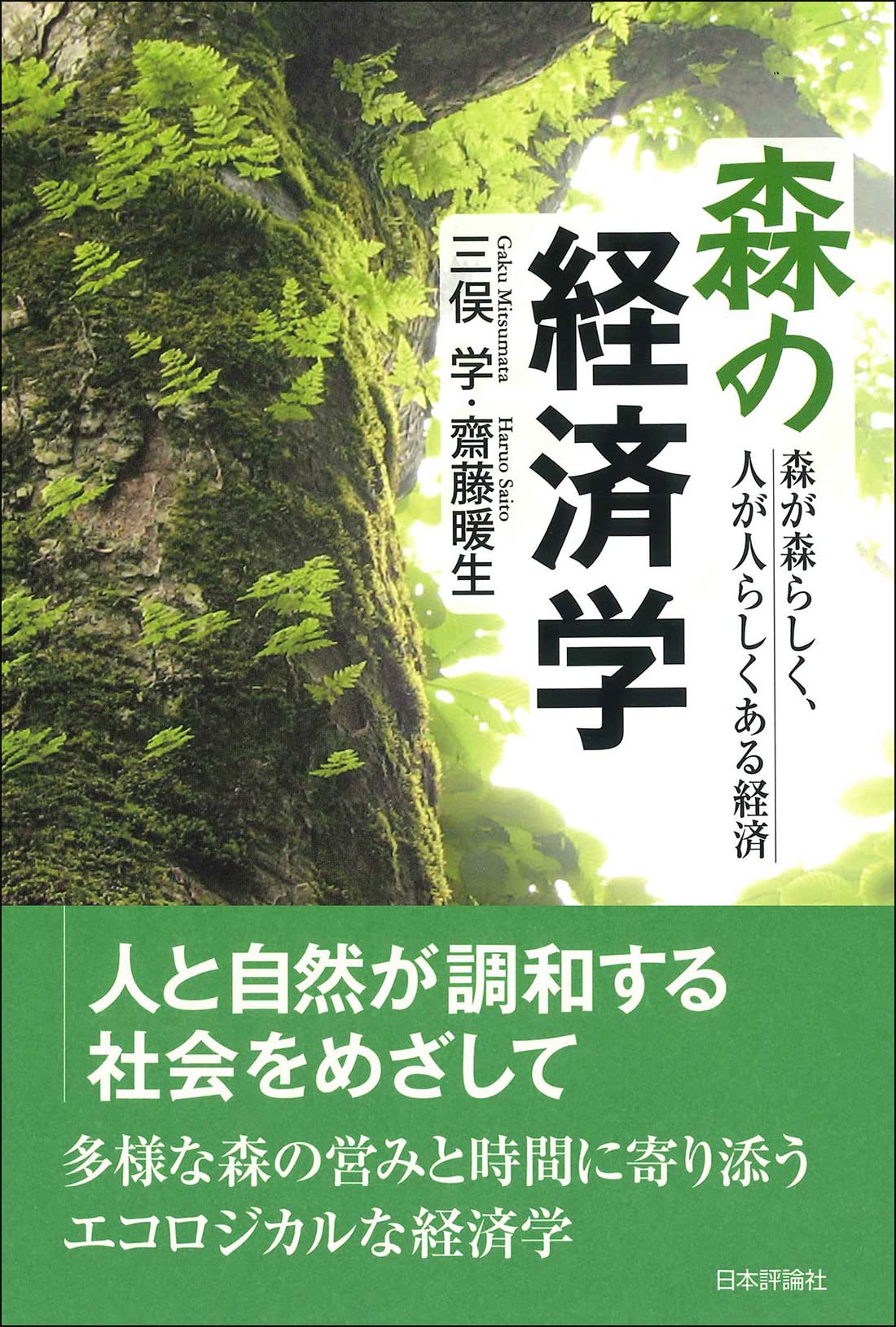
Title
The Dynamics between Humans and the Ecosystem 2 Shinrin no Rekishi to Mirai (The History and Future of Forests)
Size
192 pages, A5 format
Language
Japanese
Released
December 01, 2019
ISBN
978-4-254-18542-3
Published by
Asakura Publishing Co., Ltd.
Book Info
See Book Availability at Library
Japanese history has become something of a fad of late. However, even history buffs may be unaware that this history is inseparably linked with forests. Not only the general public but even students of ecology are all too often ignorant of the vital role forests have played in Japanese history. Japan has been among the most advanced forested nations since the time that today’s young people (those younger than the authors of this book) were born. Japan’s forests will always remain as they are without requiring us to make any effort or think about them much - for those who think this way, the vanishing of tropical forests in Brazil and South East Asia may probably be no more than a problem involving global warming in some way. If so, they should ask themselves: if Japan is such a forested nation, why then is it such a major importer of wood/ligneous resources? People talk about the need to replace plastic straws with paper straws to reduce plastic waste, but where does the material come from? The relationship between forests and humans is complex and full of contradiction. We can only understand this relationship if we combine historical and biological perspectives.
The first chapter of this book outlines the history of why Japan today is one of the foremost forested countries, integrating the perspectives of geography, history, and biology. Writing this way might almost seem like review work for social science classes in junior-high or high school, but in fact, the chapter reappraises Japanese geography and history equally from a forest perspective. The forests of each region consist of a biome that reflects the region’s geohistory and climate conditions, and these biomes have adapted reciprocally with the human communities who seek to use them sustainably. The cultural traditions that characterize local communities and forest ecosystems both formed over the course of history of repeated iterations of reciprocal adaptation. The diversity and inspiring realities of these dynamics are revealed in the second chapter of this book, which draws on fieldwork findings. However, much of Japan’s forests vanished with the rapid population growth and industrialization since the Meiji era. Then in the postwar years, Japan faced the radical change of over-forestation following a fuel revolution coupled with a rise in afforestation projects. The third chapter analyzes this peculiar, a-historic phenomenon in postwar Japanese forestry. Some earnest readers may brush aside the glut of forests as a “first-world problem.” However, if one juxtaposes this glut with Japan’s consumption of imported forestry resources, then one does not need to be an expert to get the sense that something is awry. The final fourth chapter introduces efforts by society to brush away such cobwebs. The examples discussed comprehensively cover subsidies and tax system, protection forest system, new timber products, use of non-ligneous resources (such as game and mushrooms/mountain herbs), and significance of volunteer activities. The authors hope that an understanding of the long history between forests and humans will prompt people to reconsider the way they engage with forests today.
This book is an academic text that cites numerous statistical data and literature. It also weaves in a great many avocational anecdotes resulting in the number of pages far exceeding the publisher’s specified amount. This book forms part of a series that was planned and supervised by Miyashita and Nishihiro. They wished to produce an interesting page-turner rather than a dry textbook, and the book honors their wish. Priced at 3,000 yen, the publication itself uses a vast quantity of a ligneous resource (paper). At any rate, it is hoped that the publication will contribute in some way toward the protection of forests.
(Written by SUZUKI Maki, Associate Professor, Graduate School of Frontier Sciences, SAITO Haruo, Lecturer, Graduate School of Agricultural and Life Sciences, MIYASHITA Tadashi, Professor, Graduate School of Agricultural and Life Sciences / 2020)



 Find a book
Find a book


 eBook
eBook

